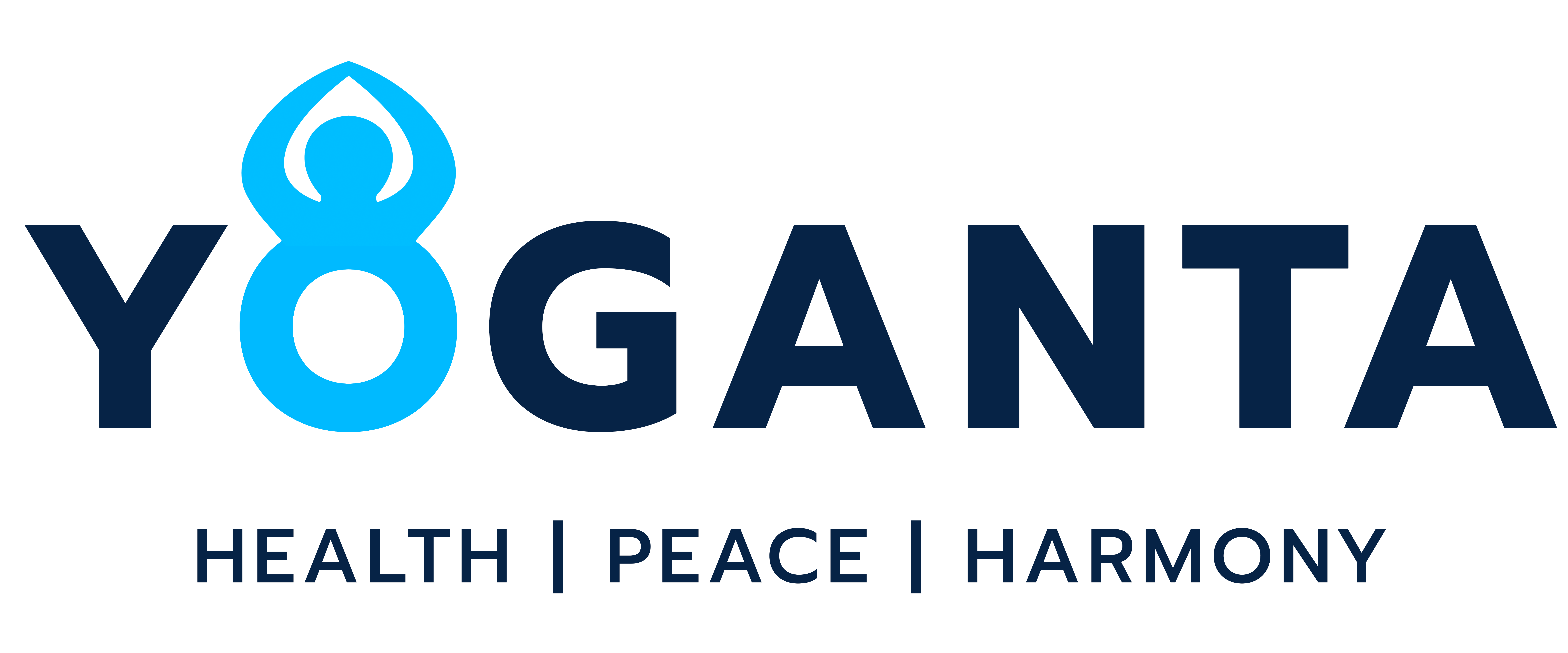Sheetkari Pranayama | Hissing Breath | शीतकारी प्राणायाम
Yoga pranayamas and asanas are two special gifts that anyone can use to naturally sustain a healthy lifestyle. They promote both physical and mental wellness in addition to bodily well-being. Both Sheetali and Sheetkari pranayama include mouth breathing. These correspond to the breathing of a Python which is deep breathing through the mouth.
Sheetali Pranayama and Sheetkari are quite similar. In Sheetali your tongue folds to get in touch with the mouth’s upper palate. While in Sheetkari rather than forming a tube, lips are maintained apart with clenched teeth. People finding difficulty in performing Sheetali Pranayama can exercise Sheetkari pranayama with ease and gain equivalent advantages.
Instructions
- Place your palms on your knees while seated comfortably.
- The lower portion of your tongue should touch your mouth’s upper palate as you roll it upward.
- Clench your teeth and keep your lips apart to expose your teeth.
- Breathe in gently filling up the abdomen, chest, and neck respectively. A little hissing effect is made upon inhaling which sounds like a snake hissing.
- Bend your neck forward to lock your chin.
- Keep holding your breath till you are comfortable.
- Breathe out slowly in the same position.
- You have completed the first round, increase the rounds as per your comfort zone.
Benefits
- With adequate practice, Sheetkari Pranayama could have a significant positive impact on your gums and teeth. This helps people who suffer from gum infections or diseases, and tiny tumors like Epulis.
- Helps teeth gain strength and become more securely attached to the jaws as a result of this treatment.
- The routine practice of Sheetkari pranayama calms both the body and brain. The soul becomes serene and collected. The brain retains its solidarity despite interruptions which leads to a holistic mind-body balance. Additionally, other movement abnormalities get better.
- Balances the body’s pitta
- Filters exterior heat, which helps treat fevers and digestion too.
- Lowers hypertension and regulates blood pressure
- Reduces body toxins and purifies the Whole Body
- Maintains cardiovascular health and enhances circulation
- Maintains the spleen’s health
- Treats conditions of the mouth
- Alleviates depression
- Helps with insomnia, and lethargy, and manages appetite.
Contraindications
For those who have fillings, dentures, damaged or chipped teeth, as well as other dental issues, this breathing technique is not advised. It should not be performed by those who have tonsillitis, asthma, bronchitis, Laryngitis, or any other respiratory issues. It is strongly advised against anyone with issues of low BP or heart-related ailments. Avoid holding your breath for a long time. Sheetkari pranayama should be performed during summer, avoid doing it in winter or monsoons. Avoid using Sheetkari pranayama if you experience issues with chronic constipation because it can cause irregular bowel function.
Summary
Given the variety of respiratory mechanisms that offer us a wide variety of benefits, it’s crucial to consider the advantages and the drawbacks before making a choice of yoga poses or pranayamas. Among other things, the scorching heat during the summers causes indigestion, skin rashes, pimples, inflammation, slitted eyes, and irritability. These side effects may exacerbate health issues including high BP and anxiety, which could have fatal repercussions.
Sheetkari pranayama takes the initiative in order to avoid these sneaky impacts of heat. It starts our body’s cooling process. Which helps calm the body, and lessen the risks caused by elevated blood pressure and a restless mind even more.
